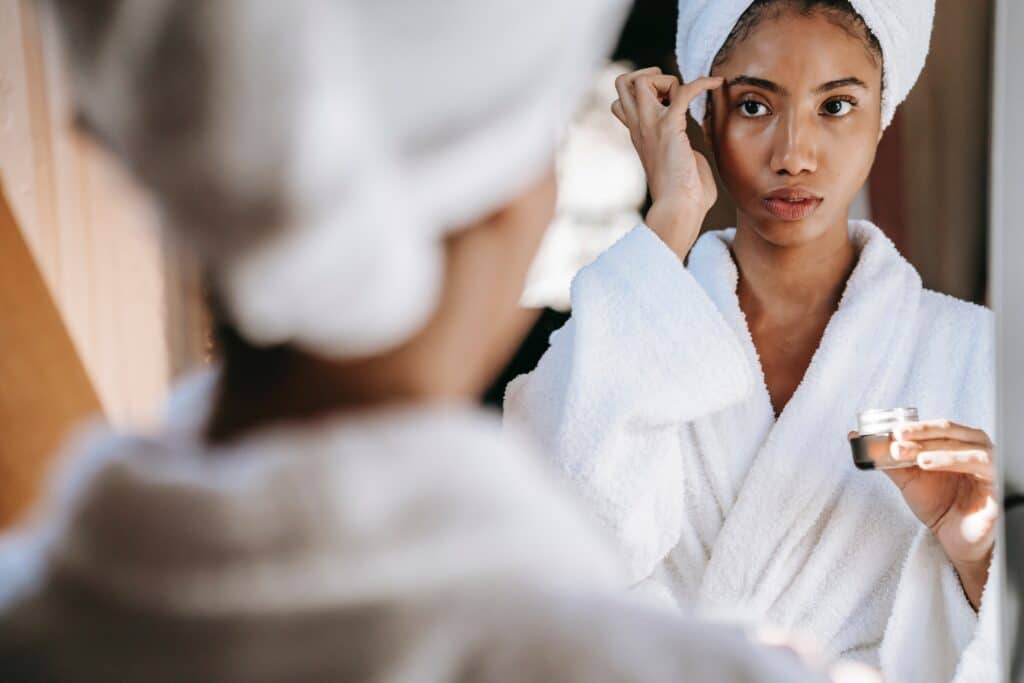The Evolving Wellness Landscape
tycadmin
The evolving landscape of wellness culture is leading to individuals and brands dismissing toxicity and creating new narratives to what ‘wellness’ means. A shift towards fitness and wellness culture over the pandemic came from many people finding new ways to spend their time during lockdown. In the wake of coronavirus, an estimated over two thirds of people (64%) found exercising as a priority. We saw the likes of Joe Wicks, ‘The Nations PE Teacher’, go viral by helping keep children fit with online classes whilst self-isolating as well as more recent trends on TikTok, such as “that girl”which glorifies socializing less and exercising more.
However, many Gen Z and Millennials are calling out this increasing obsession over wellness, and highlighting the toxicity of idolizing hyper-healthy lifestyles. Carl Cederström, Associate Professor at Stockholm University, calls this phenomenon ‘the wellness syndrome’, where an obsession with health, happiness and optimisation often makes people feel worse. During the pandemic, doctors reported globally spikes in eating disorders diagnosis and severity, with restrictions to daily routines, increased isolation, and increased screen time being some of the main drivers. With young women being the highest at-risk group, putting pressure on themselves to fit into different societal standards, there is evident need to shift wellness away from its performative nature, into something where wellness and health culture of any degree is fully accepted.
A rise in anti-routines is Gen Z and Millennials’ response to toxic wellness cultures. Preaching a set ‘perfect health’ routine is something of the past meaning brands will need to encourage less traditional versions of self-care. For example, LuluLemon launched a campaign taking a different approach to wellness, simply inviting people to ‘feel’. The campaign follows the journey of a person going through a cycle of destructive behaviours, buying into the ‘quick fix’ fads. The story is narrated by an excerpt from a children’s story by Oscar Wilde, talking about the struggles people face and the extraordinary feelings that lie within reach for everyone. The story develops into the main character opening up to a different way of being, enforcing the idea that ‘wellness’ should be something that makes you feel good, rather than the toxic nature it has become today.
In the beauty industry, an interesting result of anti-routines is the emergence of trends such as “ugly beauty”. Whilst ‘ugly fashion’ has been trending for a while now, ‘ugly beauty’ is something we have seen coming into the mainstream an increasing amount recently. With Julia Fox bleaching her eyebrows saying ugly is ‘in’, and taking to TikTok to say “getting old is fucking hot” we can see how there has been a shift in women moving away from catering to the ‘male gaze’. Therefore, will this rise in embracing imperfections, and things considered ‘ugly’ be something that sticks, or will it be just another trend in the ever-changing trend cycle?
The wellness industry has faced embedded messages of perfectionism for a long time now. Therefore, going forward in the wellness industry how can brands represent ‘imperfect’ wellness; looking to support people’s lifestyles whilst embracing new aesthetics it will be interesting to see how the wellness industry develops. I believe that changing perceptions will be slow but sure. For example, women’s body types being trends is nowhere near a new phenomenon; whether it’s women risking their health in corsets in the 16th century, or ‘heroin chic’, and ‘BBL’s’, will Gen Z or generations to come finally be ones to stop reducing body types, beauty, and wellness to trends?

